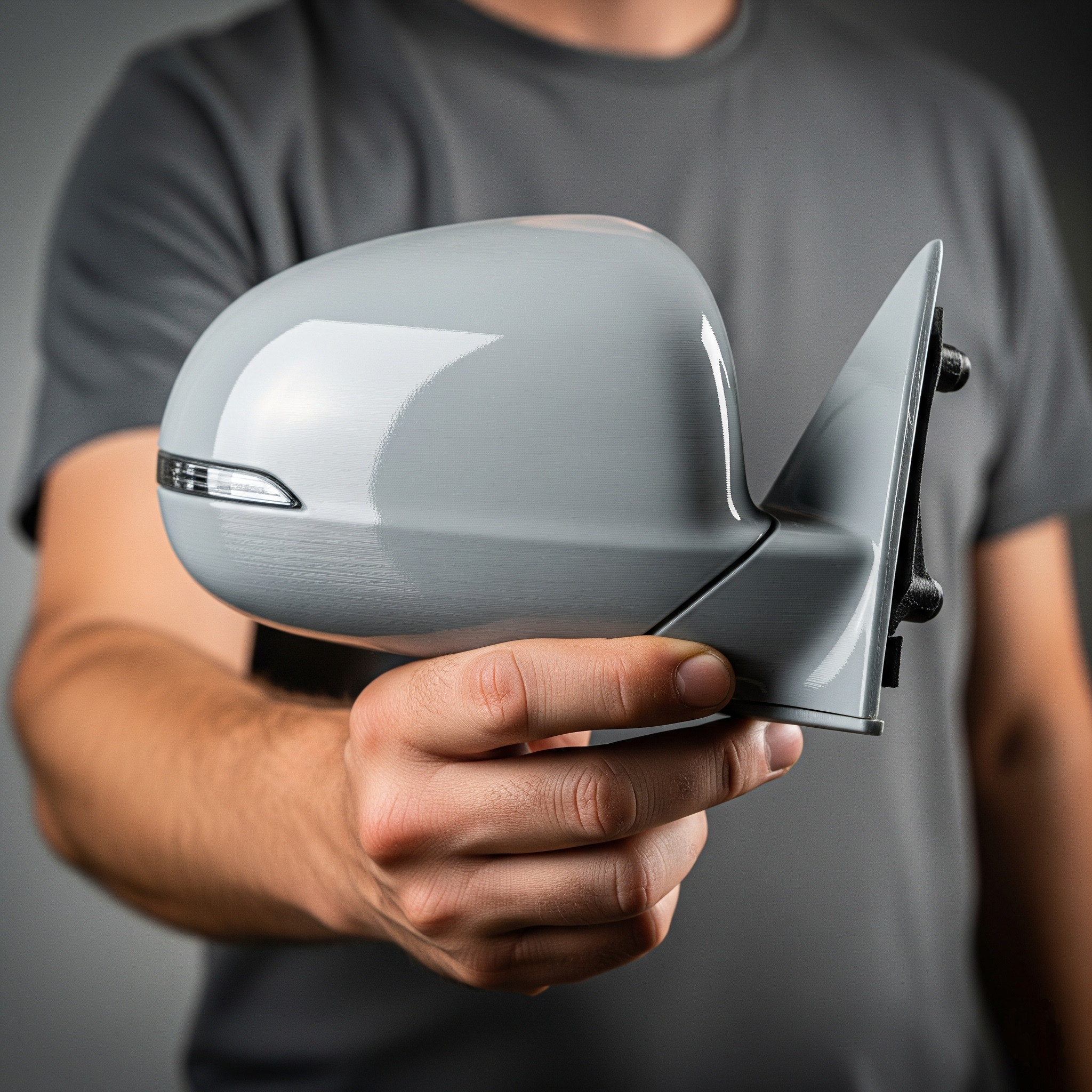MYTH 1:
3D printing is only suitable for prototyping and small batch production
Fact: While 3D printing is undoubtedly excellent for prototyping and small series production, it has long evolved into a fully-fledged production method for series manufacturing. Modern industrial 3D printing systems, such as those from Kings 3D, enable cost-efficient production of complex parts in high volumes. The ability to integrate functions and consolidate components allows entire assemblies—not just single parts—to be produced in a single printing process, significantly reducing assembly time and costs.
MYTH 2:
Industrial 3D printed parts are not stable or durable enough
Fact: The material selection in industrial 3D printing is diverse, including high-performance plastics, metals, and composites that meet the demanding requirements of industrial applications. Materials such as PA12, PEKK, and metals like aluminum or stainless steel offer strength and durability comparable to conventionally manufactured parts. Moreover, optimized geometries only achievable through additive manufacturing often provide higher performance at lower weight.
MYTH 3:
3D printing is too expensive and only for large corporations
Fact: Initial investment costs for industrial 3D printing equipment can be high, but operational costs and process efficiency are the key factors. By eliminating tooling costs, reducing material waste, and enabling on-demand production, industrial 3D printing can lead to significant cost savings. Service providers like AM Worx enable small and medium-sized enterprises to benefit from industrial 3D printing without the need to invest in their own equipment. We provide access to cutting-edge technology and expertise.
MYTH 4:
3D printers are complicated to operate and require special knowledge
Fact: Modern industrial 3D printing systems are increasingly user-friendly with intuitive software interfaces. While specific expertise in Design for Additive Manufacturing (DfAM) is beneficial, at AM Worx we take care of the optimal execution of your projects. Our experts support you from concept to finished part, ensuring all technical requirements are met.
MYTH 5:
3D printing is not a sustainable manufacturing method
Fact: On the contrary, industrial 3D printing offers significant sustainability advantages. Because of its additive nature, only the material actually needed is used, minimizing waste compared to subtractive methods. Additionally, 3D printing allows the production of lighter parts, which—for example in transportation—leads to reduced fuel consumption. The possibility of decentralized production and shortened supply chains also contribute to sustainability.
Conclusion:
The True Potential of Industrial 3D Printing
Industrial 3D printing is more than just a niche technology; it is a transformative force revolutionizing product development, manufacturing processes, and business models. At AM Worx, we believe that a solid understanding of its possibilities and facts is essential to fully leverage this technology. We are your partner in turning ideas into reality—from the initial concept phase to series production.
Do you have further questions or would like to discuss a project with us? Please feel free to contact us!
